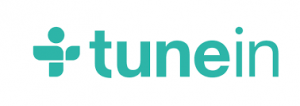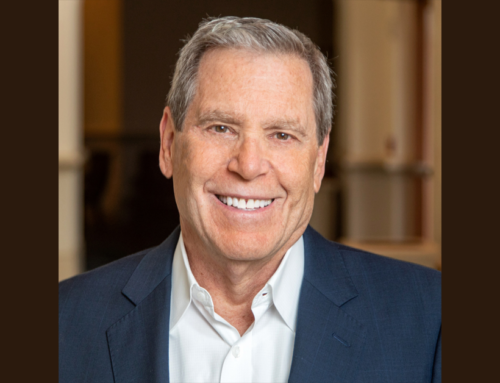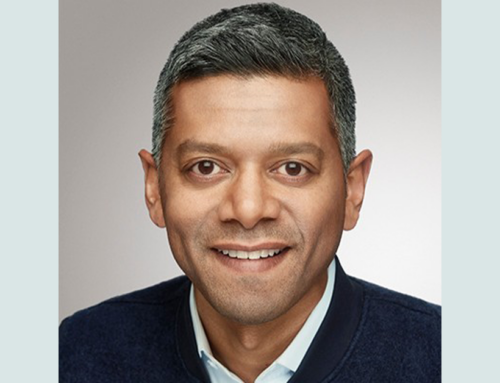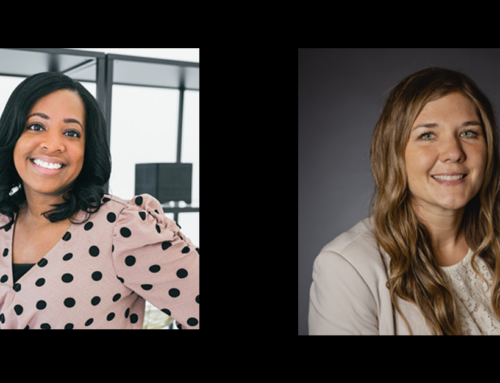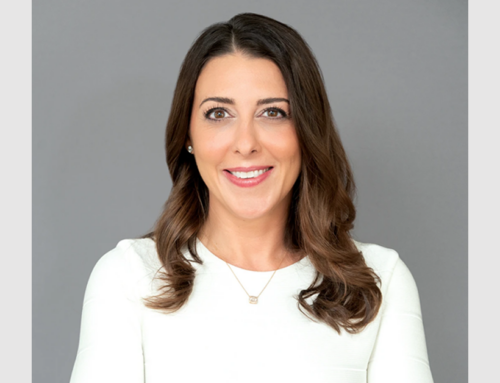I’ve long said that there are many ways to be successful as a financial advisor. My guest today, Steve Cassaday, founder and CEO of Cassaday and Company, Inc., is a perfect example. His main marketing plan is a throwback to the 1990s. He spends hundreds of thousands of dollars per year doing high-end dinner seminars for a carefully selected group of people. And when they become a client, he creates a comprehensive financial plan for them but he does NOT use financial planning software to do it.
Steve Cassaday and I talked about how he’s grown from $44 million in AUM to the #12 ranked advisor in Barron’s list of the Top 100 Independent Financial Advisors and $2.7 billion in AUM. We also discussed the principles that guide his business, how he explains the firm’s value proposition, the service differentiators that his firm delivers that are above and beyond what most firms do, and the marketing strategy that has added about one billion in new assets and is still working today.
5 Insights from Steve Cassaday
1. There is no “perfect time” to start your own firm. Don’t wait!
“I was planning to leave my job the following week. But on Friday, the branch manager came up and tapped on the glass. I knew something was up. Went to his office. He said, ‘We know you’re leaving. We’ve already sent notices to your clients. They went out yesterday afternoon and you need to vacate the premises right now.’ My wife and her girlfriend came over in the SUV and literally we packed everything in the SUV at 3 o’clock on Friday afternoon and went over to my other office.
We had no desks, no phones, very little technology, it was a nightmare. Tried calling clients that night until about 10. First appointments the next morning at 7 a.m., we had appointments all day until 9 o’clock Saturday night, 9 o’clock Sunday night, Monday night. I got to bed at 1 o’clock every night for about a week and then basically in 10 days 85 or 90% of our clients signed the transfer papers and had started the process to move over.”
2. If clients buy-in to your value proposition, they’ll spread the world.
“I knew that the advantage that I had was objectivity and impartiality. Clients want to be assured that the answer I give is based specifically and solely on my experience and my training, period.
When you explain that to clients, it’s very impactful and profound for them. After a while, when we make decisions, the investments we make, the things we do for them in terms of financial planning are all based on best practices, leading-edge ideas, and strategies. They see it, they understand it, and then after a few years, they see the results of it. It’s superior to what they were previously experiencing. That ends up propagating with their networks, their friends, their relatives. They tell people, ‘This firm is different and here’s why,’ and then they become advocates for you.”
3. A prospect walks in and asks, “Why should I work with you?”
“My answer is, ‘I’m not sure that it’s a fit, I’m not sure that it makes sense for us to work together. Why do you think you need a financial advisor? I’m super expensive, and there’s a lot of changes that would have to occur. Why in a million years would you ever pay me tens of thousands of dollars to help you?’
They look at you crossed-eyed like, ‘What did you just say?’ And then they think for a minute. ‘Well, I probably want to pay you because you would do a better job than me, and I’m busy, I don’t have time to do it. It’s a lot of money, but if you make me more than I would make myself …’ And those are great reasons why they should work with us. You find out what their pains are, what is it that they’re worried about, and you end up listening. The most important component of an engagement is making sure you’re listening. Learning how to ask really good questions and then shutting up and listening to what they say. The interview for us is all about the prospective client answering questions about themselves.”
4. Differentiate from the competition with a human touch.
“‘Mr. Jones’ is an executive, he’s got plenty of money to retire. But he says, ‘I’m going to work another year because I’m working on a project, and we have to train my successor …’ He’s not retiring because he’s afraid of what he’s going to do on Monday when the alarm goes off and he doesn’t go to work. It’s not arithmetic, it’s people need to have a cleansing session where they say, ‘I am not sure what I’m going to do every day. I’m not sure what my relationship with my spouse is going to be like. I don’t have any hobbies.’ We help people figure that stuff out, which is gigantic. It bonds you to the client because it’s very intimate, and very personal.
We’ve completely systematized that process, and we say things to them like, ‘What brings you joy? What do you do that brings you joy?’ There’s literally a paper and pen exercise that you go through to figure out what makes you happiest. When you retire that’s what you do. Only do the things that bring you joy, and make you happy, with whom you want, when you want for as long as you want. When those things are memorialized in a life transition plan, the impact is incredible at so many levels.”
5. Make a comprehensive plan that your client can understand.
“The big fat financial plans, they’re stupid, and a waste of time, and you can quote me on that.
We rarely use financial planning software. I believe in financial planning, but a gigantic 100-page book that tells you how much money you can spend on fishing tackle every month for the rest of your life based on assumptions that can’t possibly be known in advance, it’s a waste of time.
We do what we call a financial planning checklist, which distills out everything in the big book and puts it into a three or four-page check list, basically an executive summary. It’s crazy because the big financial plans, people don’t really pay attention to them because they’re too complex and too dense. But the checklist takes five minutes to read. Clients immediately see after five or ten minutes of glancing through it what they need to do, what the benefits are, and it’s just as concise and succinct as it can possibly be.”
Resources
– Cassaday and Company Visit Steve Cassaday and his team online.
– Connect with Steve Cassaday on LinkedIn
– Barron’s List 2017 Steve Cassaday ranked #1 in Virginia and #12 overall.





